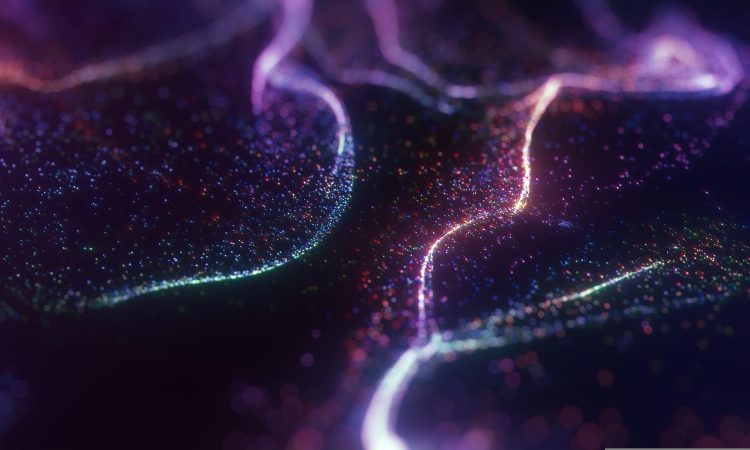
Scientists at CERN have discovered an ultra-rare process of decay of a particle, opening a new avenue of discovery in physics beyond our understanding of how the constituent elements of matter interact.
The Standard Model (SM) of particle physics, which explains how particles interact, predicts that fewer than one in 10 billion kaons will decay in this way. The NA62 experiment was designed and built specifically to measure this kaon decay.
“With this measurement, K+ → π+νṽ becomes the rarest decay established at the discovery level – the famous 5 sigma. This challenging analysis is the result of excellent teamwork and I am extremely proud of this new result,” explained Cristina Lazzeroni, professor of particle physics at the University of Birmingham.
Kaons are produced by a high-intensity proton beam delivered by CERN’s Super Proton Synchrotron (SPS) colliding with a stationary target. This creates a secondary particle beam with nearly a billion particles per second flying into the NA62 detector, of which about 6% are charged kaons.
The detector precisely identifies and measures every kaon and its decay products, except for neutrinos, which appear
What are kaons?
The new result is based on the combination of data collected by the NA62 experiment in 2021-22 and a previously published result based on the 2016-18 data set. The 2021-22 data set was collected following a suite of upgrades to the NA62 configuration, enabling operation at 30% higher beam intensity.
Hardware improvements combined with refined analysis techniques enabled the collection of signal candidates at a rate 50% higher than before, while adding new tools for background suppression, he writes
A group of scientists from the University of Birmingham, currently led by Professor Evgueni Goudzovski, joined the NA62 experiment from its design phase in 2007, playing a central role in the collaboration.
A new physics?
The research team studies the decay of K+ → π+νṽ because it is very sensitive to the MS description. This makes decay one of the most interesting processes for searching for evidence of new physics.
The fraction of kaons that decay into one pion and two neutrinos is measured to be about 13 in 100 billion. This corresponds to the SM predictions, but is about 50% higher.
This could be due to increasing the likelihood of this decay, but more data are needed to confirm this idea.
The NA62 experiment is currently collecting data, and scientists hope to confirm or rule out the presence of new physics in this decay over the next few years.

